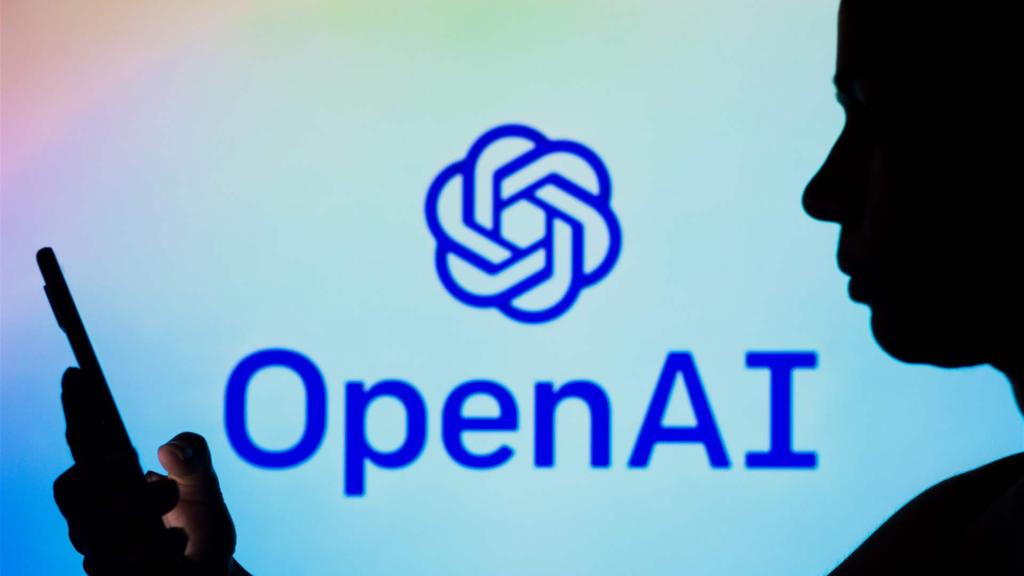OpenAI has officially launched GPT-4.5, codenamed ‘Orion,’ marking its largest and most powerful AI model to date. This release comes with heightened computational capabilities and a deeper understanding of various domains, built upon the same scaling techniques that powered its predecessors.
GPT-4.5’s Capabilities and Accessibility
Despite its scale, OpenAI has stated in its white paper that it does not classify GPT-4.5 as a frontier AI model. Starting Thursday, subscribers to ChatGPT Pro—OpenAI’s $200-per-month plan—will have access to GPT-4.5 as part of a research preview. Developers on OpenAI’s paid API tiers can also start using the model immediately. For other ChatGPT users, OpenAI has confirmed that GPT-4.5 will roll out to ChatGPT Plus and ChatGPT Team subscribers next week.
The AI industry has closely watched the development of GPT-4.5, viewing it as a test case for the effectiveness of large-scale AI training. As with prior iterations, OpenAI used extensive computing power and data for its pre-training phase, resulting in improved performance across various domains, including mathematics, coding, and language understanding. OpenAI claims GPT-4.5 exhibits “deeper world knowledge” and “higher emotional intelligence.”
Performance Benchmarks and Limitations

While GPT-4.5 outperforms many existing AI models, it falls short in specific AI reasoning tasks. Notably, DeepSeek, Anthropic, and even some of OpenAI’s other AI models surpass GPT-4.5 on certain benchmarks. Additionally, OpenAI admits that GPT-4.5 is significantly expensive to operate, leading to uncertainty about its long-term availability in the API. Developers accessing GPT-4.5’s API will pay $75 per million input tokens and $150 per million output tokens, compared to GPT-4o’s much lower pricing of $2.50 and $10 per million tokens, respectively.
OpenAI acknowledges that GPT-4.5 is not a direct replacement for GPT-4o, its widely used API model. Although GPT-4.5 supports file and image uploads and integrates with ChatGPT’s canvas tool, it lacks features like ChatGPT’s realistic two-way voice mode. However, in terms of factual accuracy, GPT-4.5 surpasses GPT-4o and OpenAI’s reasoning models, producing fewer hallucinations and offering more contextually appropriate responses.
AI Evolution and Future Prospects
OpenAI’s research suggests that AI performance gains from increasing data and computing power may be plateauing. Industry experts have speculated that the traditional pre-training approach to AI development has reached its limits. Former OpenAI chief scientist Ilya Sutskever noted that “pre-training as we know it will unquestionably end.”
To address this, OpenAI and other AI research firms are shifting towards AI reasoning models, which emphasize logical problem-solving over sheer scale. OpenAI plans to merge its GPT series with its ‘o’ reasoning series, starting with GPT-5 later this year.
Although GPT-4.5 may not be the most groundbreaking model OpenAI has released, it represents an essential step toward more advanced AI capabilities. The company remains committed to refining its AI models and exploring new training methodologies to push the boundaries of artificial intelligence.
Also Read : Former Congressman Patrick McHenry Joins a16z as Senior Advisor

